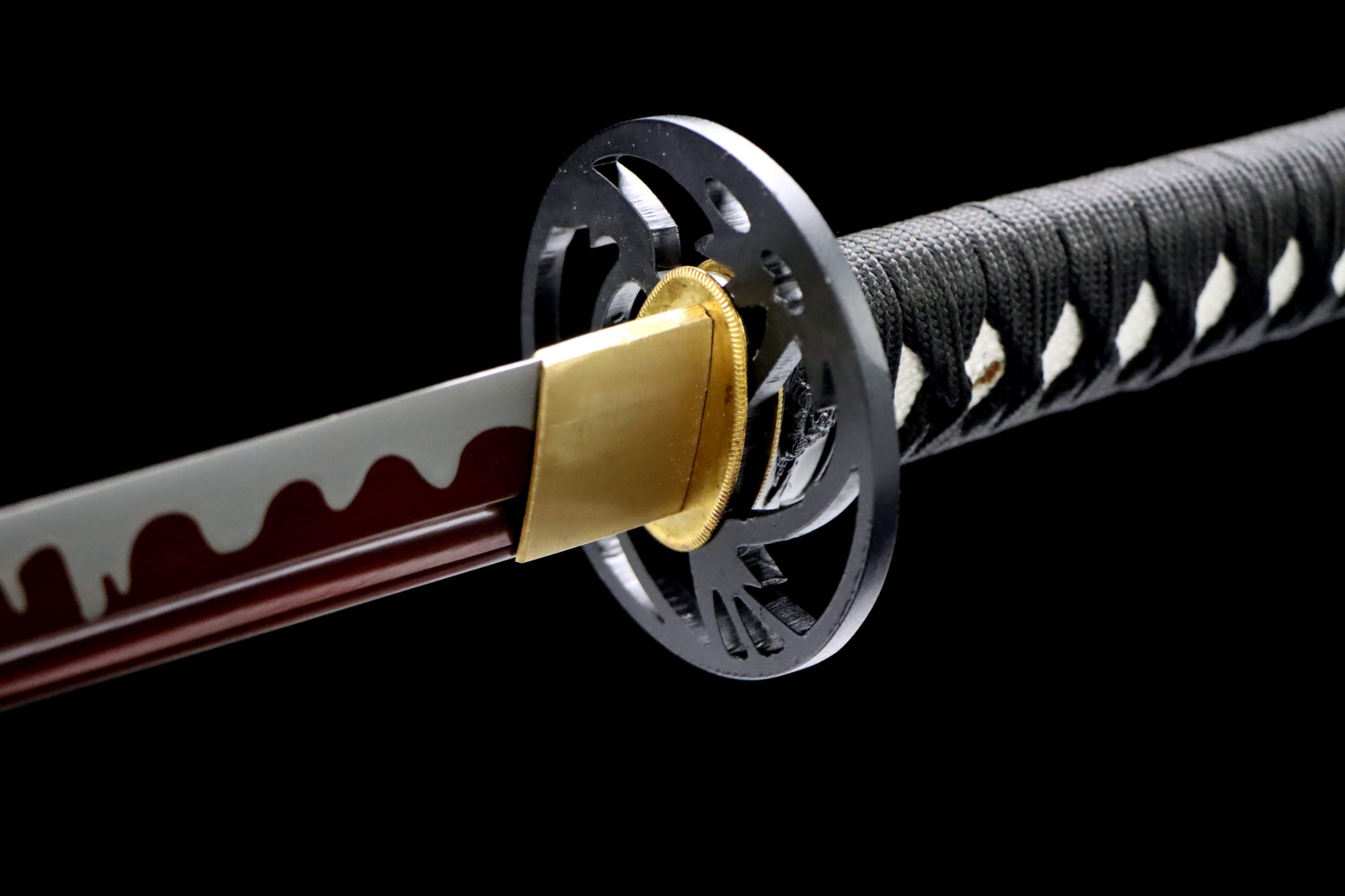In the ancient realm of Japanese craftsmanship, the forging of a katana transcends the mere act of metalworking; it is a sacred convergence of art and science that embodies centuries of tradition, skill, and spiritual essence. Crafting the perfect katana requires a meticulous blend of metallurgical expertise, artistic intuition, and a profound understanding of the sword’s cultural significance. At the heart of this process lies the revered blacksmith, whose hands transform raw materials into a weapon that transcends its utilitarian purpose, becoming an emblem of Japanese history and martial prowess. The journey of forging a katana begins with the selection of materials, a ritual in itself. The blacksmith carefully chooses Tamahagane, a type of high-quality steel, extracted from iron sand using ancient smelting techniques. This raw material is infused with spiritual significance, as the iron is believed to embody the spirits of the earth.

The meticulous process of smelting, folding, and hammering the steel, known as tamahagane, unfolds over several days, with each repetition enhancing the blade’s purity and strength. The blacksmith, often considered a guardian of tradition, follows the footsteps of generations before, adhering to the time-honored techniques that have been passed down through the ages. The shaping of the katana is an art form in itself, where the blacksmith’s skill and intuition play a crucial role. The blade’s curvature, known as the sori, is carefully calculated to ensure a harmonious balance between flexibility and rigidity. The blacksmith hones the blade’s edge, creating a razor-sharp edge that is the hallmark of a masterfully crafted katana. This meticulous process requires an acute understanding of the metal’s behavior under heat and pressure, turning the act of forging into a dance between the blacksmith and the elements. The artistic element of crafting a katana sword comes to life during the hand-polishing stage, where the blade transitions from raw steel to a gleaming masterpiece.
This hamon not only enhances the katana’s aesthetic appeal but also signifies the blade’s resilience and sharpness. The polishing process is an exercise in patience and precision, elevating the katana from a mere weapon to a work of art that reflects the soul of its creator. Beyond its physical attributes, the katana embodies a spiritual connection between the wielder and the sword. In the ancient Japanese belief system, it is said that the katana possesses a spirit, or kami, which becomes one with the warrior. This spiritual dimension adds a profound layer to the crafting process, as the blacksmith infuses the katana with not just physical strength but also an intangible essence that resonates with the warrior’s spirit. In conclusion, crafting the perfect katana is a sublime journey that intertwines the technical mastery of metallurgy with the artistic finesse of traditional craftsmanship. The blacksmith’s hands, guided by a deep understanding of the katana’s cultural significance, forge not just a weapon but a symbol of Japanese heritage and martial excellence.